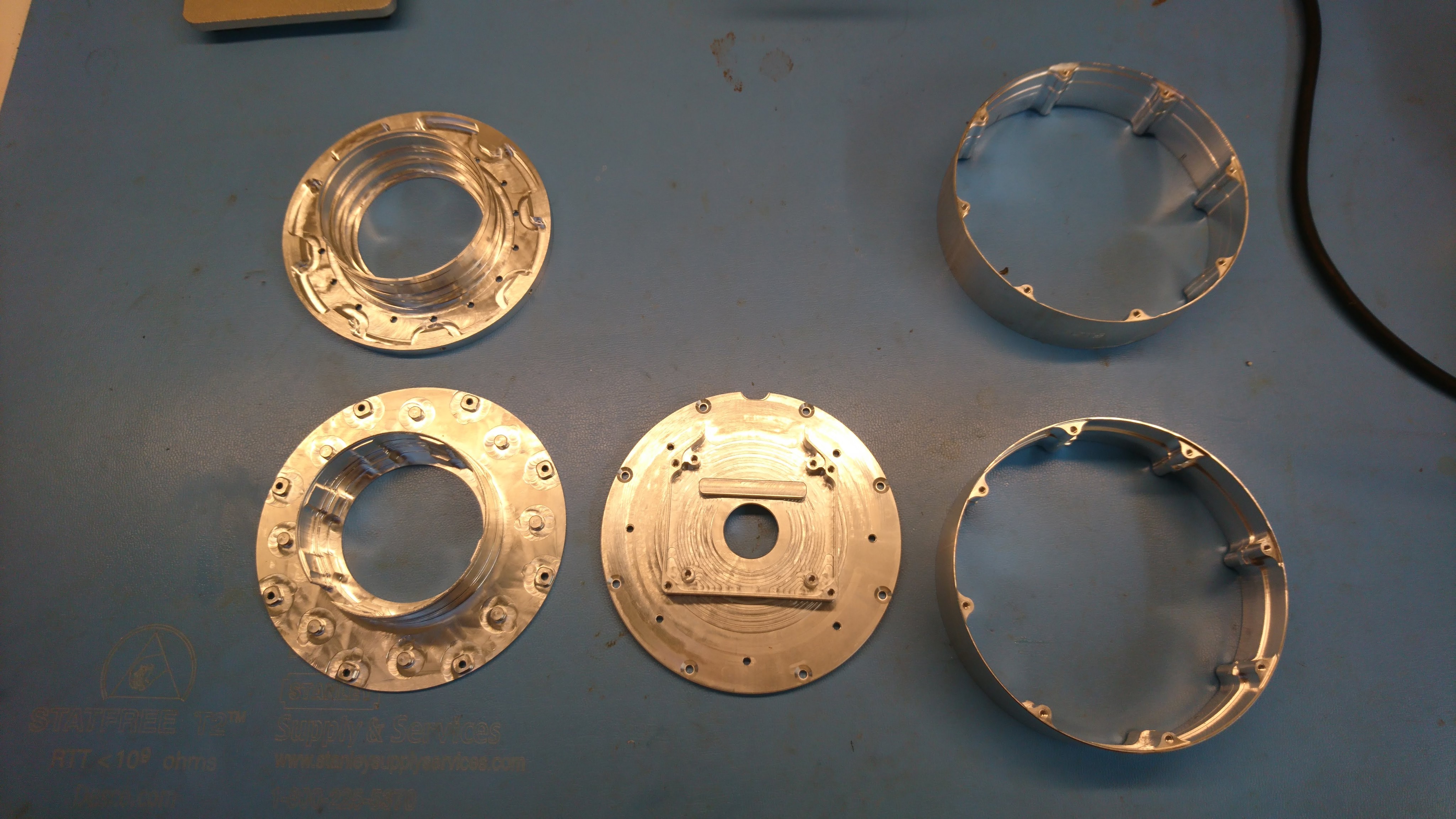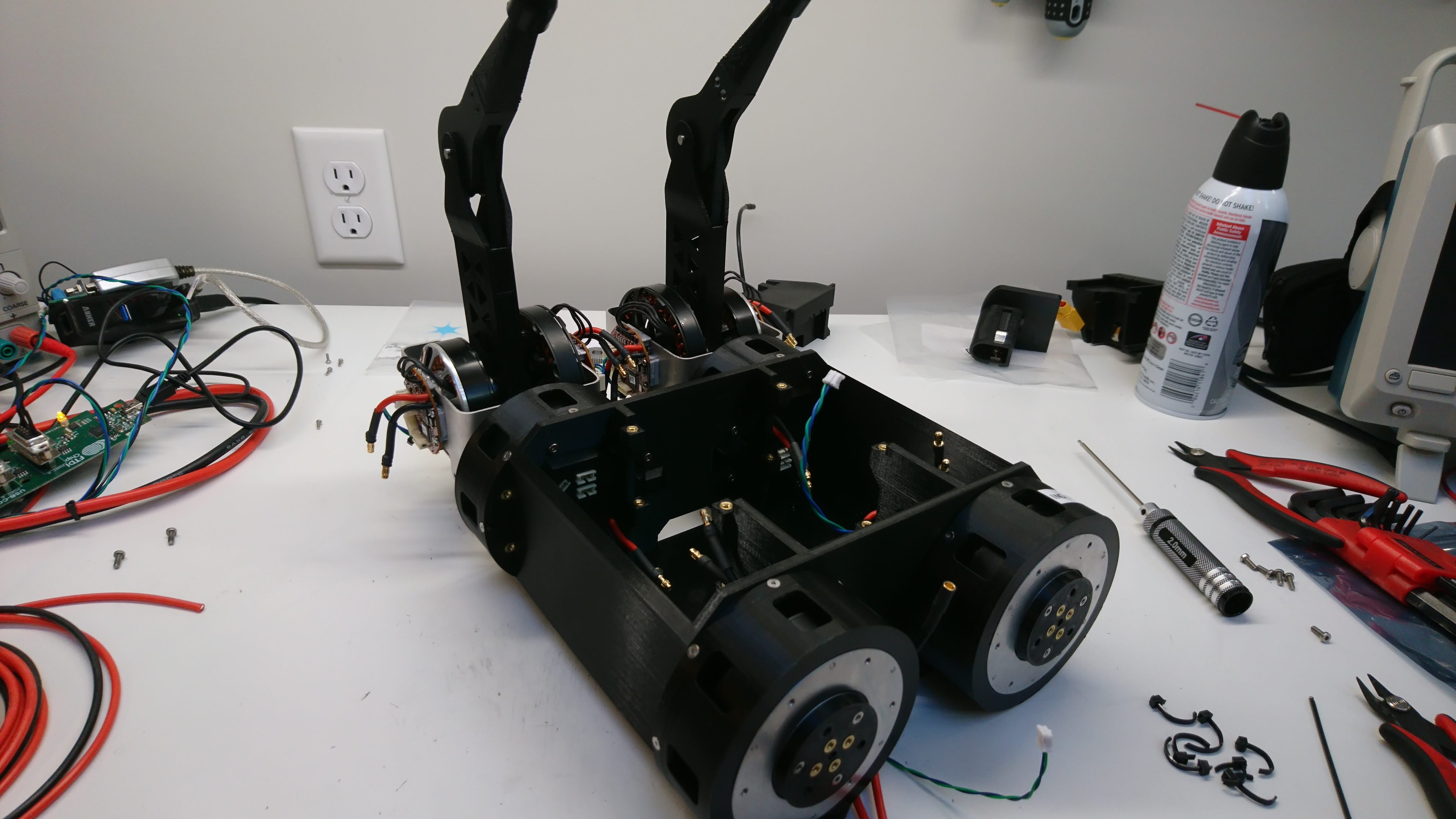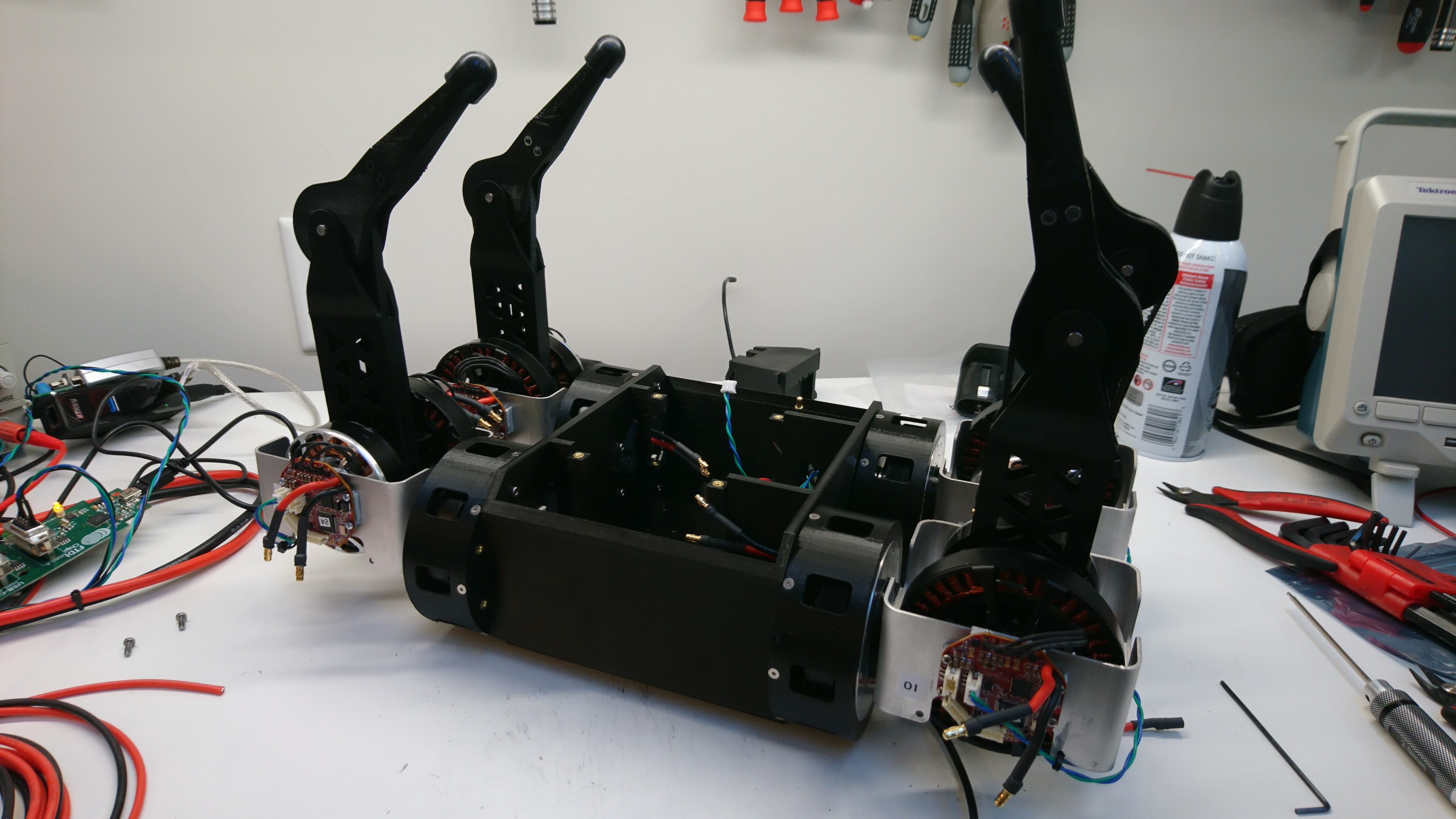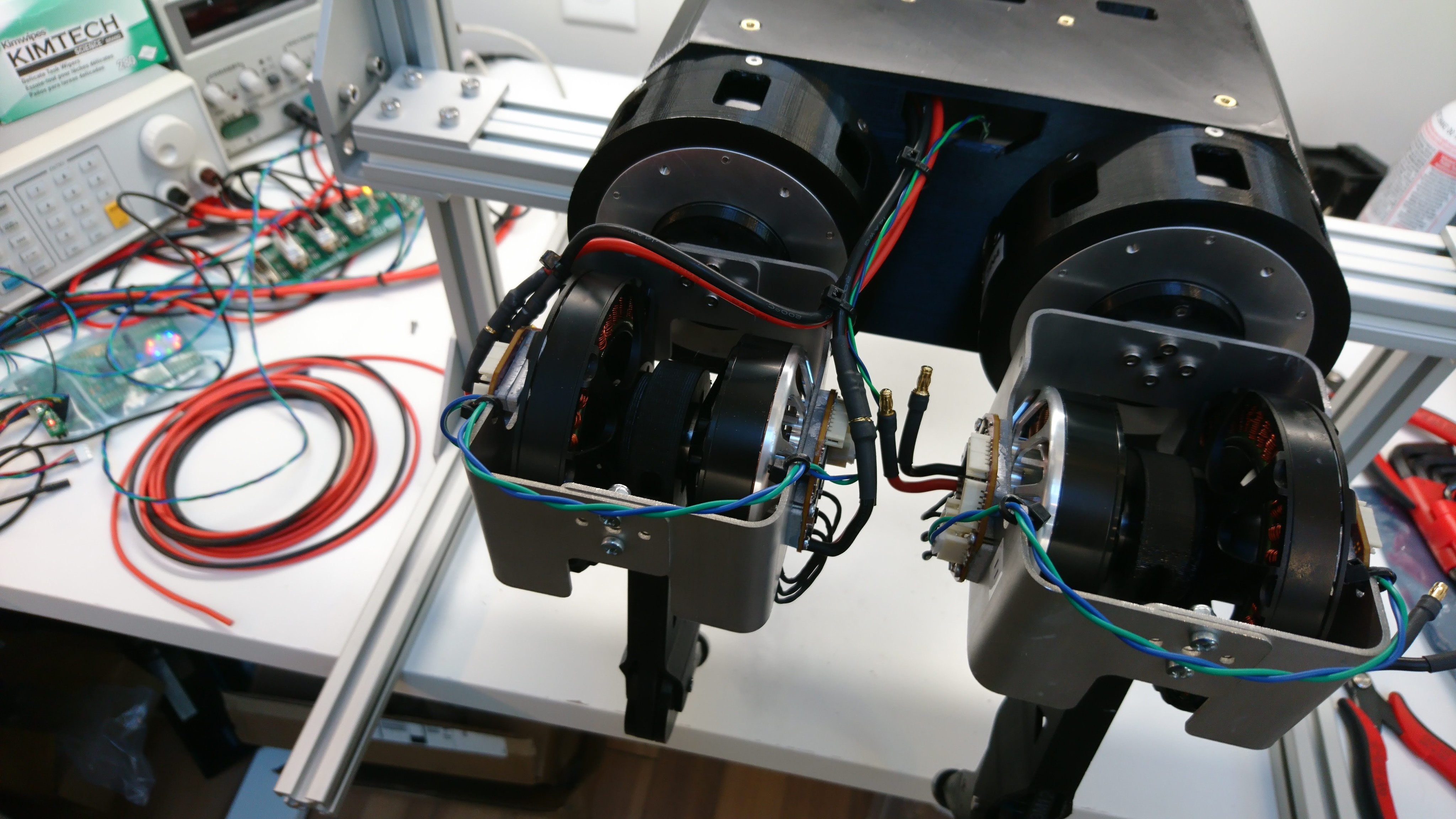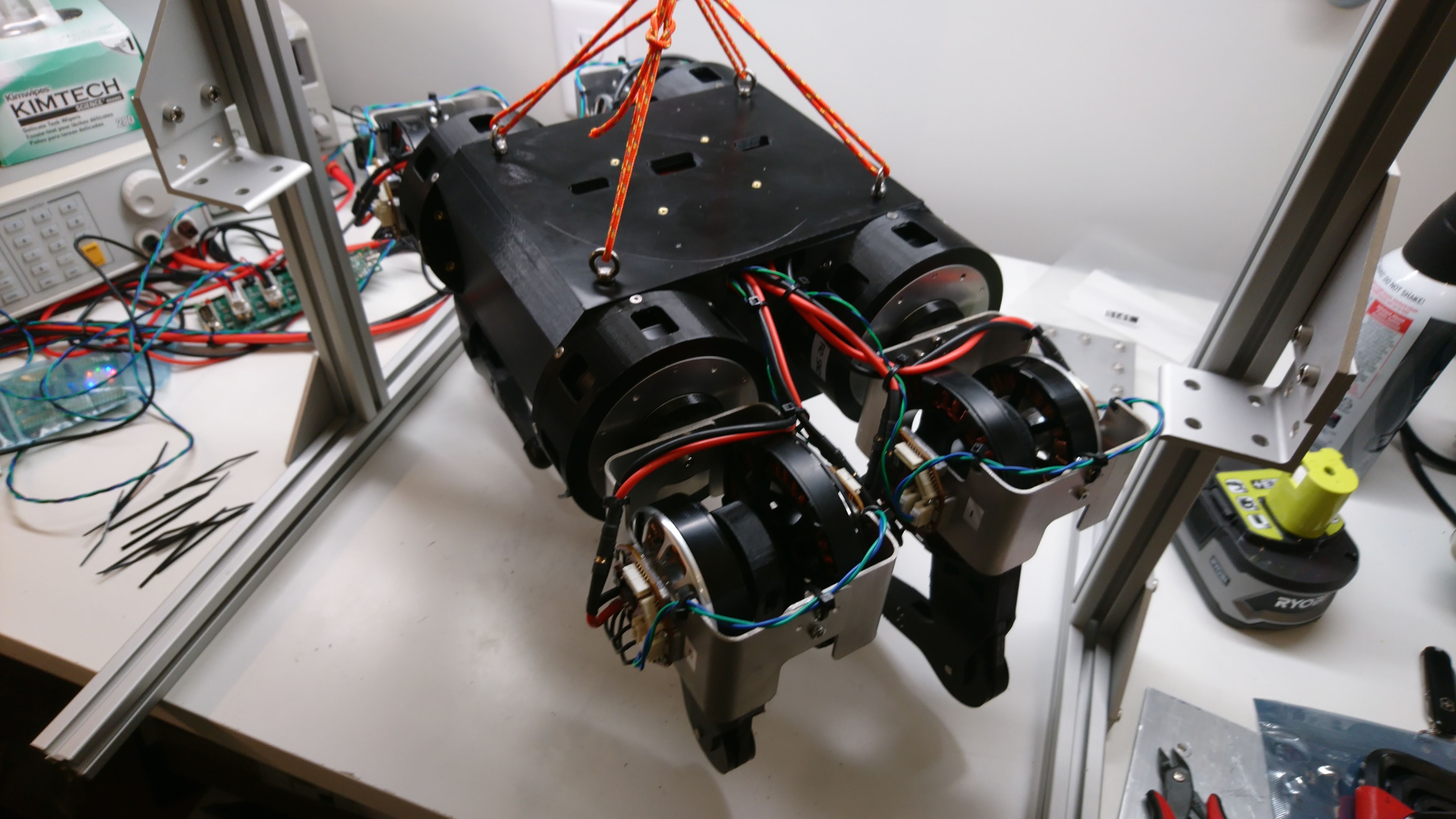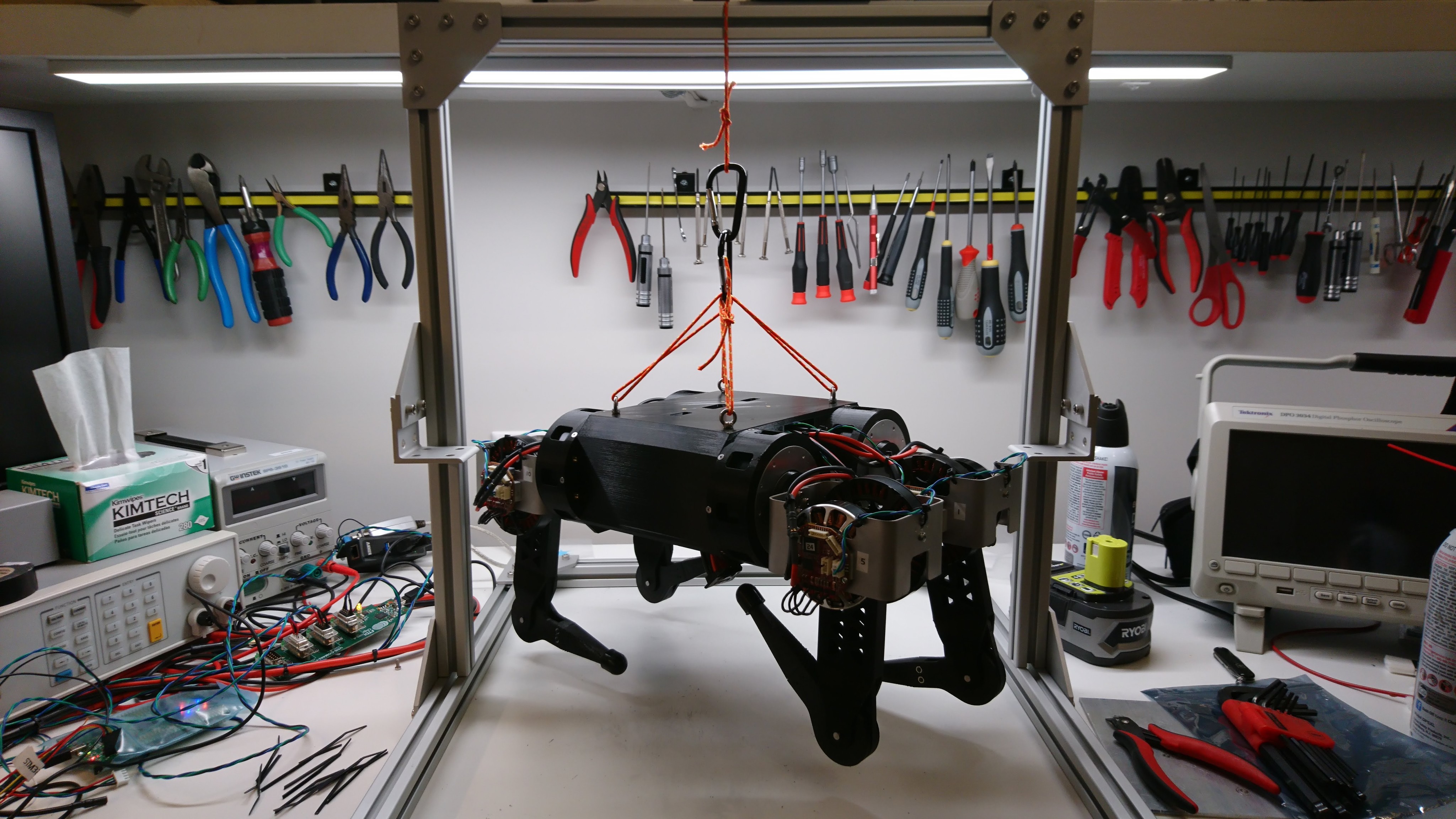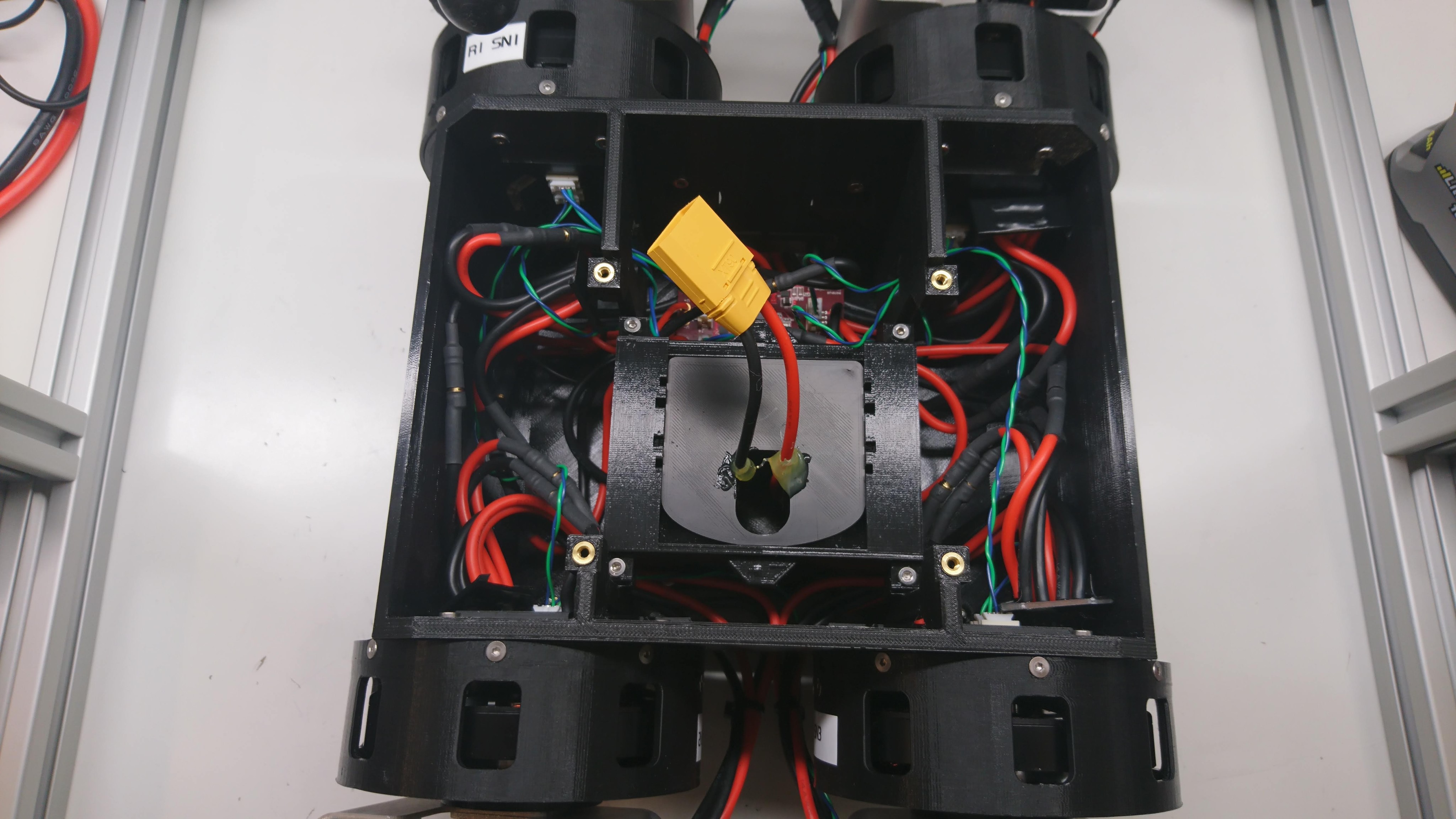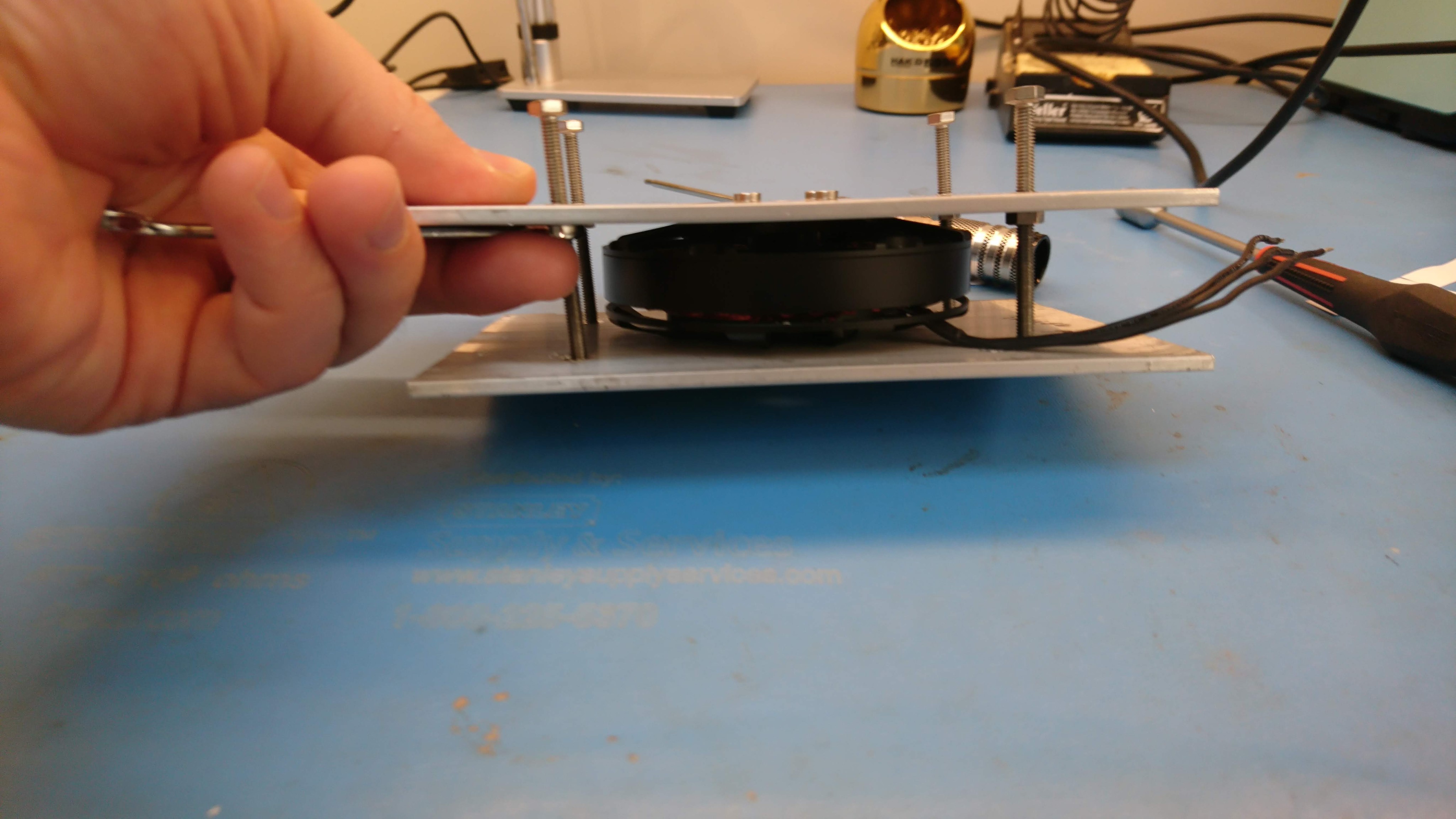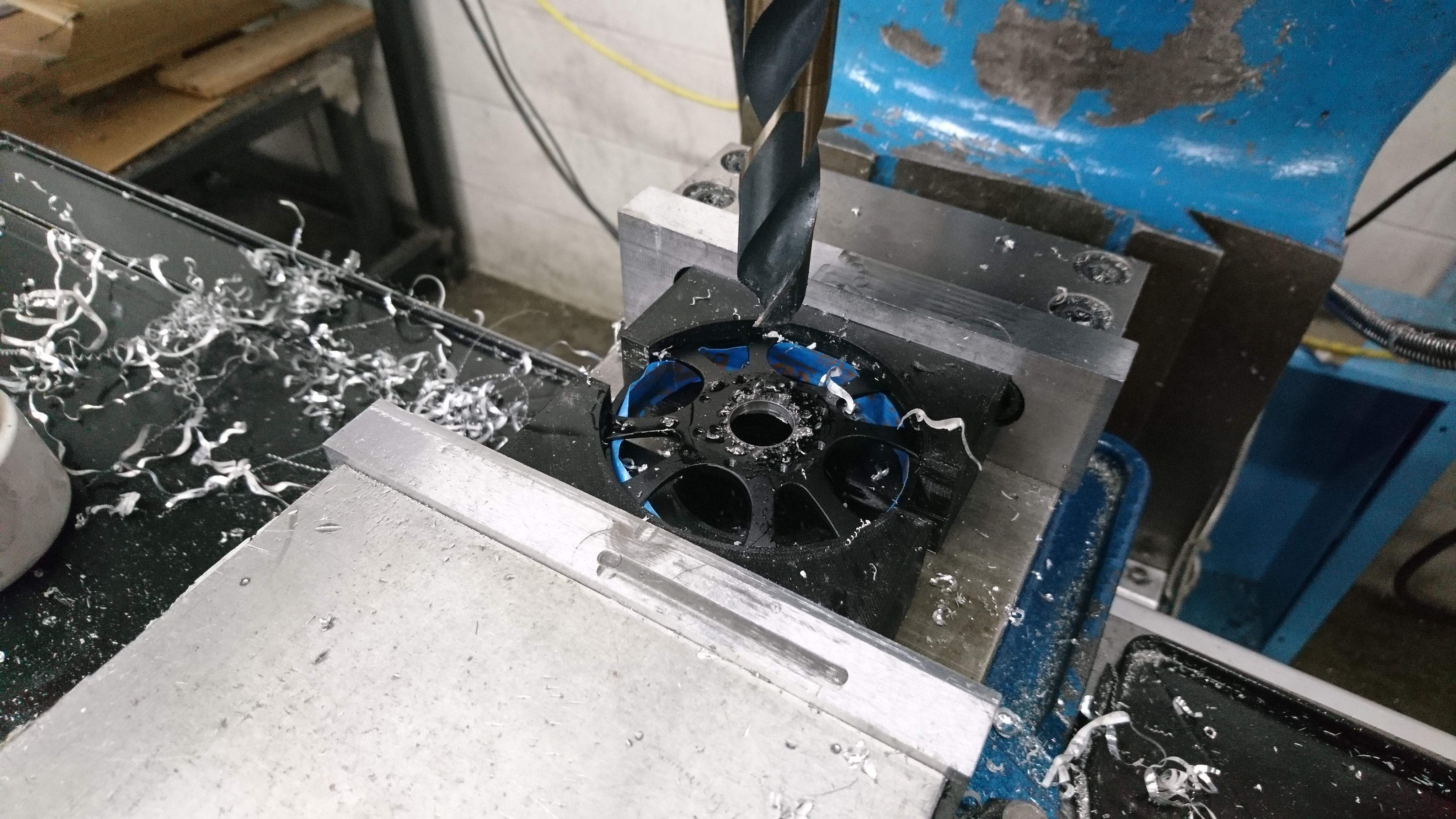AS5600 support for moteus auxiliary encoders
The initial implementation of auxiliary encoders for moteus supported exactly one encoder, the AS5048B. The hardware can support any I2C based encoder, so supporting additional encoders has always been on the TODO list.
I’m excited to announce, that as of firmware release 2021-12-03, AS5600 encoders are now supported as well. They are a lot cheaper than the AS5048 as they have a much lower update rate and resolution, but that isn’t necessarily a problem if it is only used to disambiguate a modest gear reduction.

